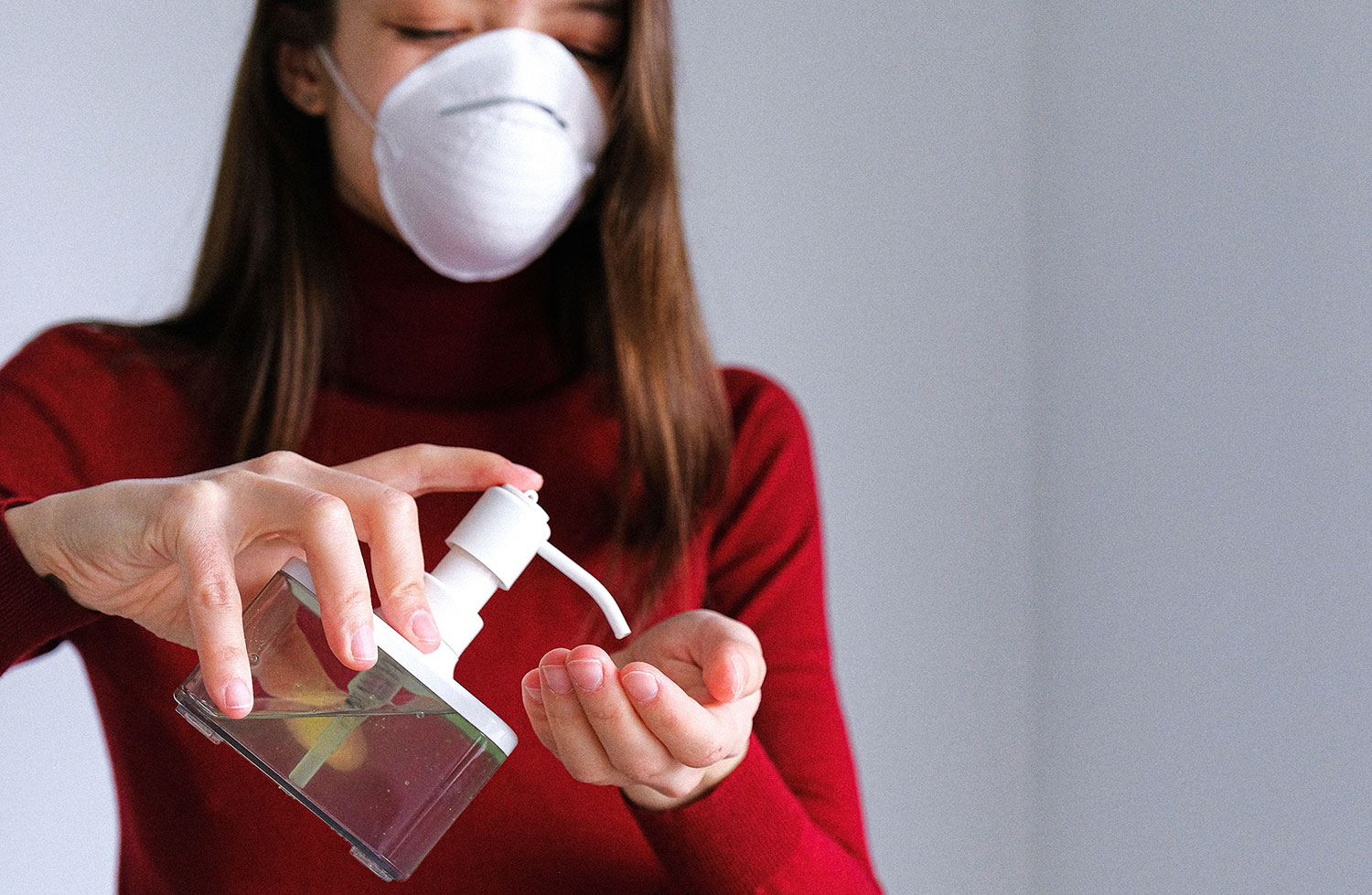My mother always said that “little beasts don’t eat big ones“. It is true, but since the beginning of the year 2020, especially since the end of February as far as our western regions are concerned, invisible organisms have put mankind to their knees.
These microorganisms are viruses. A virus is very simple. It is made up of a capsule, a few proteins and genetic material. Its objective: to multiply and transmit its genes by invading the most cells. The virus we are concerned with right now is called SARS-CoV-2 (it was originally named nCoV-2019). It is a distant cousin of SARS-CoV, the one who struck in 2002 causing 774 deaths. It is also a little cousin of MERS-CoV whom we have known since 2012. The latter would have been transmitted to humans initially by camels, mainly from the Middle East region. I know, I hear you, what are these weird names with letters and numbers? Taxonomists (scientists who establish the principles of the nomenclature of living organisms) are not particularly recognized for their creativity. The names they assign are rather descriptive. For example, coronavirus is the genus (a kind of group) to which SARS-CoV-2 belongs. It was so named because when you look at it under the microscope, it is round and surrounded by a “crown” of proteins (a little research on Dr. Google image will convince you). And SARS is the abbreviation for the name of the disease caused by the virus; it means “Severe Acute Respiratory Syndrome”. CoV is simply the diminutive of the word coronavirus. So, in the end, SARS-CoV-2 is simply the second coronavirus to cause symptoms typical of SARS. This virus causes a disease called coronavirus disease or “COVID-19”; 19 because the disease was detected in 2019.
Viruses are a grouping of microscopic beings which are at the border of the living and the non-living, in the sense that they absolutely need a host (in this case living cells, human, animal, plant or even bacteria) to multiply. Besides, you can’t kill viruses with your artillery of hydro-alcoholic gel, Marseille soap and Javel, but you rather inactivate them. Viruses, there are many around us and in us. A scientist from the University of British Columbia estimates that in the oceans alone, there would be 10 million times more viruses than there are stars in the Universe! In addition, there are reports that there are 400 trillion viruses inside every human! These are impressive figures that make you dizzy, especially if you multiply this amount by the number of people on Earth. Fortunately, most viruses do not cause disease to humans; they mostly attack bacteria. Pathogenic viruses (the ones that cause disease) are actually an exception, like our SARS-CoV-2. Moreover, according to current knowledge, this virus would have as its initial host (or reservoir) the bat. SARS-CoV-2, and many other coronaviruses, resides in harmony on the bat. The increasing population on Earth and our growing proximity to animals increases the likelihood that viruses suitable for bats will adapt to a new host, in this case humans. And when the virus acquires the capacity to pass from one human to another human, well, we are on the verge of a health catastrophe, that is to say what we are living collectively.
For the past few weeks, I have been talking to my mother a lot, but only by phone. I no longer visit her for her own safety. I miss her. This pandemic has made me realize how important it is to enjoy the present moment and to take advantage of the presence of our loved ones while they are still there. My mother continues to say, however, that little beasts don’t eat big ones. Now I say, “It’s real mom, but sometimes they have the potential to bring about the apocalypse on Earth.”
Mathieu Millette, Ph.D. Mcb.A. Doctor in microbiology and member of the Association of Microbiologists of Quebec






